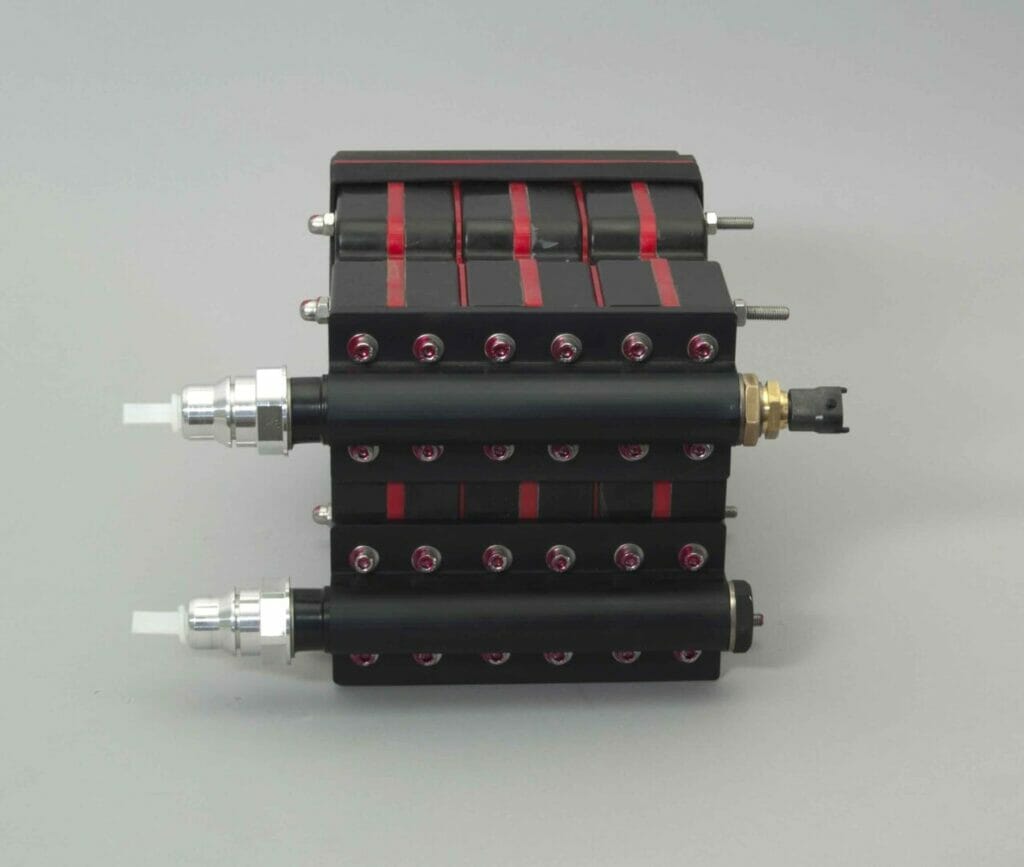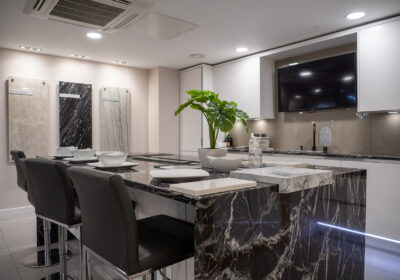~ Design considerations for reliable electric drives ~
In the last few years, COVID lockdowns combined with an economic crisis have severely disrupted global supply chains. According to data from maritime intelligence service eeSea, ten per cent of the world’s shipping capacity has been lost due to current port congestion. Here, David Atkins, project director at marine resistor manufacturer Cressall, explores how electrical drives can offer increased control and reliability to marine operations, helping to keep supply chains resilient.
Around 90 per cent of global trade moves by sea, so any disruption to marine supply chains has ramifications worldwide. The pandemic has caused worker shortages at docks around the globe, resulting in traffic jams of ships waiting to enter ports. Lockdowns and their resulting travel restrictions have disrupted every part of the economy, causing issues at all stages of the supply chain.
Consumer spending decreased dramatically in 2020, but as national economies begin to re-awaken post-pandemic, we’re seeing a surge in demand. These issues are likely to last, so it is essential to make the maritime supply chain resilient to future disruptions.
An electric era
In many types of powered application on ships, including main propellors and bow thrusters, electric drive systems can be employed. Electric propulsion results in better space utilisation, permitting ships to carry more cargo. It also allows for more efficient fuel use and improved manoeuvrability.
Electric drives provide a reliable system for regenerative and dynamic braking, delivering a range of benefits, including increased control, reliability and mechanical simplicity as well as weight saving and, in some cases, the opportunity to make use of the regenerated braking energy.
Dynamic braking resistors (DBRs) are an essential part of an electric drive system that remove excess energy from the system when braking to dissipate as heat if the system is not receptive to regeneration, or if the energy level goes beyond the system limits.

For marine applications, choosing a resistor that meets the required power and resistance rating is essential. In addition to its bespoke resistor capabilities, Cressall can produce several types of resistor for marine applications, including the EV2 resistor range of advanced modular water-cooled resistors which can operate as a single module or a combined unit.
Incoloy-sheathed mineral insulated elements are less vulnerable to physical damage and atmospheric corrosion. The mineral insulated sheathing is at earth potential, preventing accidental contact with the live element, so is considered the safe choice for marine applications. Design engineers can use an open type grid, or a coiled coil for protected areas.
For braking resistors operating at more than 2kV, sheathed elements are unsuitable and it is necessary to employ live elements. Typically, cooling is simply by natural convection. However, if necessary, design engineers can add an air-to-water heat exchanger to transfer the brake energy to the ship’s chilled water system, preventing heat losses after braking from imposing unacceptable load on the ship’s air conditioning system.
Withstanding harsh conditions
All electrical equipment used in marine applications must withstand some of industry’s toughest environmental conditions. Unpredictable and sometimes extreme weather conditions, strain from excessive movement caused by rough seas and the need to operate in high load with little maintenance all mean ships need rugged electrical equipment that is going to perform reliably.
Design engineers must also consider the impact of a vessel’s rotational motions — its side-to-side pitch and front-to-back roll. It is essential that there is enough mechanical support in the structure to stabilise the resistors for safe operation when subjected to these forces.
Cressall can conduct finite element analysis (FEA) to help ensure structural stability. FEA allows design engineers to predict a product’s performance under the vessel design constraints, then make changes to improve operation if areas of concern are found. This helps to ensure optimal performance under potentially extreme conditions.
The maritime supply chain is already under strain from a variety of global factors, and it will be feeling the aftershocks of the pandemic for some time. While these issues are difficult to overcome and will likely last a while, design engineers can make the supply chain more resilient to disturbance. Choosing the right dynamic braking resistor improves reliability, keeping ships and goods moving.
To find out more about Cressall’s range of bespoke and standardised resistors optimised for marine applications, call +44 (0)1162737911 or visit www.cressall.com.





